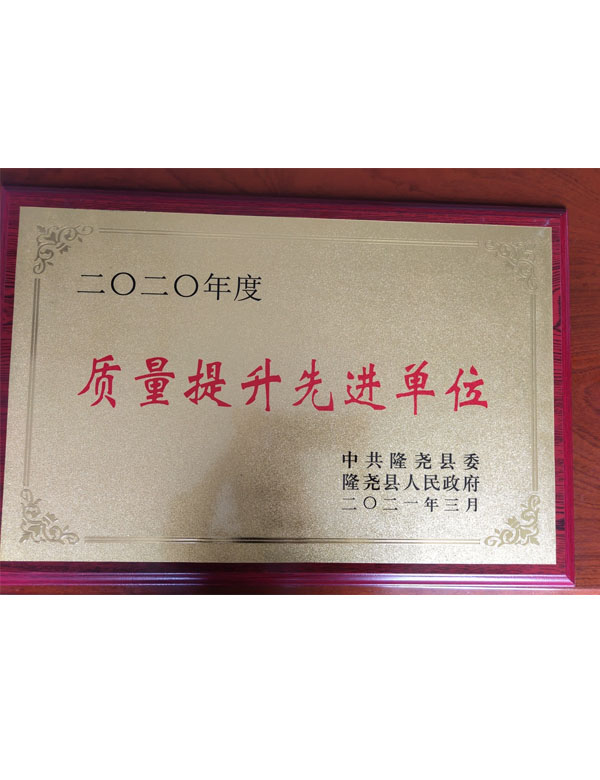Role of Poly Aluminium Chloride in Enhancing Water Treatment Efficiency and Quality
The Function of Polyaluminium Chloride in Water Treatment
Polyaluminium chloride (PAC) is a widely used coagulant in the water treatment industry, known for its effective performance in clarifying drinking water and treating wastewater. It is a water-soluble polymer, a compound that provides unique properties that enhance its functionality in various water treatment processes. This article explores the role of PAC in water treatment, its chemical composition, mechanisms of action, and advantages over traditional coagulants.
Chemical Composition and Properties
Polyaluminium chloride is characterized by its complex structure, which includes a range of aluminum hydroxide species and chloride ions. It is typically produced by reacting aluminum hydroxide with hydrochloric acid or aluminum chloride. This results in a product that has multiple aluminum ions in a polymeric form, which contributes to its high charge density. The high charge density is crucial for the coagulation process, as it allows PAC to effectively neutralize the negative charges that are often present on the surfaces of suspended particles and colloids in water.
Mechanism of Action
The coagulation process involves several steps. Initially, PAC is added to raw water, where it acts as a coagulant by neutralizing the electrostatic charges of the suspended particles. This leads to the aggregation of particles, forming larger clusters known as flocs. These flocs can then be more easily removed from the water during the sedimentation and filtration stages.
PAC functions through several mechanisms
1. Charge Neutralization The positively charged PAC molecules neutralize the negative charges on particles, allowing them to come together.
2. Bridge Formation PAC can also act as a bridging agent, linking particles together and enhancing floc formation.
function of poly aluminium chloride in water treatment

These combined actions result in improved turbidity removal and enhanced water clarity, making PAC a favored choice in both drinking water and wastewater treatment facilities.
Advantages of Using PAC
PAC offers several benefits compared to traditional coagulants such as aluminum sulfate
1. Lower Dosage Requirements PAC is more effective than aluminum sulfate at lower dosages, which can lead to cost savings in both material and operational expenditures.
2. Improved Settling Characteristics The flocs generated from PAC are usually larger and have better settling characteristics, reducing the time required for sedimentation and improving overall treatment efficiency.
3. Operational Flexibility PAC performs well across a wide pH range, making it suitable for treating water with varying characteristics. This operational flexibility can be advantageous in regions where water quality fluctuates.
4. Reduced Sludge Production Using PAC can result in lower sludge volumes compared to traditional coagulants, which is beneficial for treatment plants that need to manage waste disposal efficiently.
5. Enhanced Pathogen Removal Studies have shown that PAC can be more effective in removing certain pathogens from water, contributing to improved water quality and safety.
Conclusion
Polyaluminium chloride plays a vital role in modern water treatment practices. Its ability to effectively coagulate and clarify water through various mechanisms makes it a popular choice in both municipal and industrial applications. The advantages it offers over traditional coagulants, such as reduced dosage and improved settling properties, highlight its importance in ensuring access to clean and safe drinking water, as well as efficient wastewater management. As water treatment needs continue to evolve with increasing demands and regulatory requirements, PAC's effectiveness positions it as an essential tool in the quest for sustainable and effective water treatment solutions. Continued research and development will further enhance its applications and efficiencies in the field of water treatment.
-
Water Treatment with Flocculant Water TreatmentNewsJun.12,2025
-
Polymaleic AnhydrideNewsJun.12,2025
-
Polyaspartic AcidNewsJun.12,2025
-
Enhance Industrial Processes with IsothiazolinonesNewsJun.12,2025
-
Enhance Industrial Processes with PBTCA SolutionsNewsJun.12,2025
-
Dodecyldimethylbenzylammonium Chloride SolutionsNewsJun.12,2025





